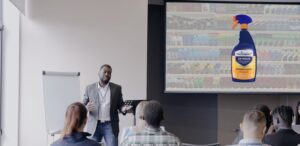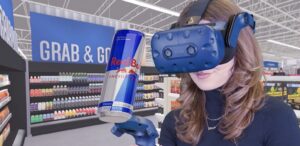Pharmacy Merchandising Tech: 5 Powerful Ways to Boost OTC Sales
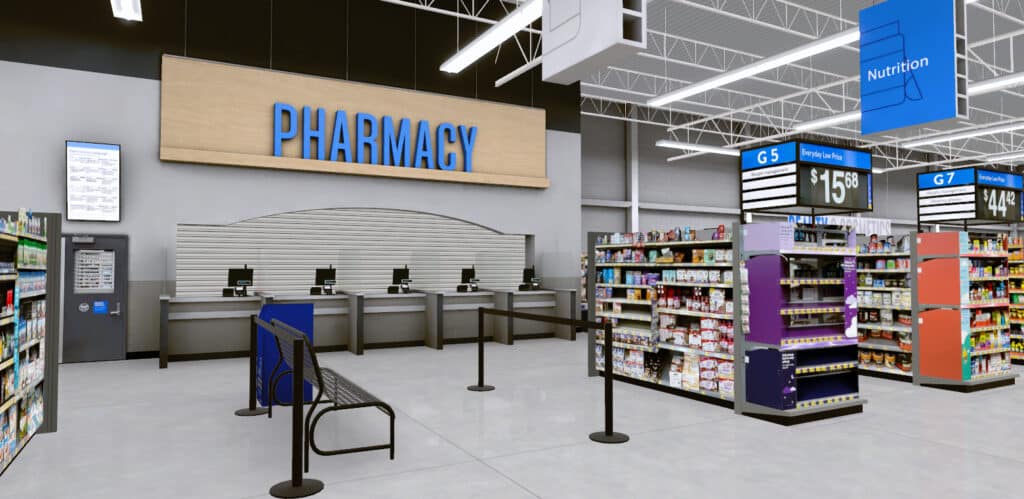
Here’s a staggering fact: Americans now buy over-the-counter (OTC) products 26 times a year—that’s 8x more often than they visit the doctor. With the OTC market exploding from 42 billion to 70 billion by 2033, the race is on for shelf space in 750,000+ stores.
But here’s the problem, 44% of shoppers discover over-the-counter products digitally first, Retailers are drowning in 5.67 billion units sold annually, and leading private label and national OTC companies like Kenvue, Bayer, Haleon, Opella, and Reckitt are fighting for the same eyeballs.
Who are the OTC industry winners? Brands taking advantage of the latest virtual technology that can help them predict growth opportunities, design shelves that convert browsers into buyers, and pitch to retailers with engaging visuals and data.
Let’s break down how the top players are increasing pharmacy front end sales and OTC Marketing using new tech to dominate aisles—before their competitors do.
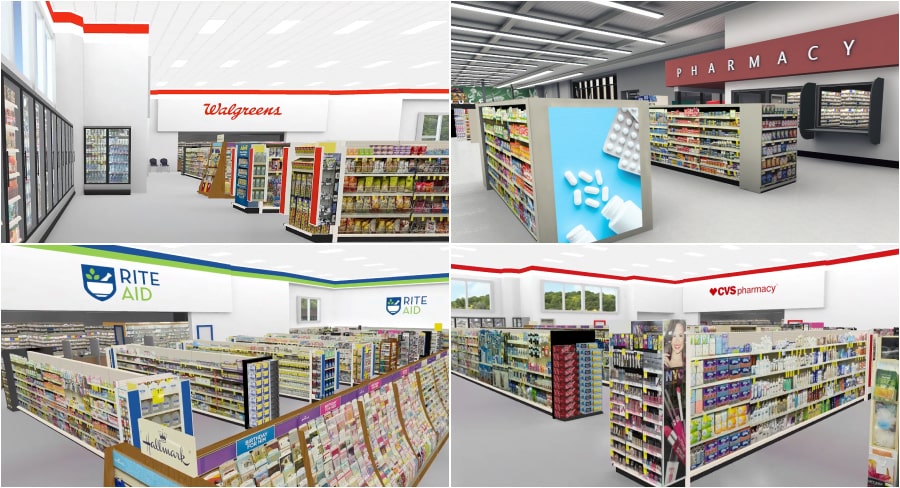
1. Identify Winning Pharmacy Front End Ideas using Virtual Drugstores
Challenge: Developing an effective pharmacy merchandising strategy is both costly and time-consuming. This can be especially true for national retailers like Walgreens, CVS, and Rite Aid where foot traffic patterns vary dramatically between urban and rural locations. Traditional trial-and-error approaches with physical displays can waste thousands of dollars and weeks of labor on layouts that may not resonate with local shoppers.
Solution: A virtual 3D drugstore platform that allows you to build, test, and perfect your pharmacy merchandising displays before any physical implementation. With ReadySet's digital drug store environment, you can execute store planning through true-to-scale fixtures and 3D products. Experiment with unlimited pharmacy front-end layouts and test everything from OTC endcaps to checkout lane placements. This means you can identify high-performing configurations for each store format while eliminating the guesswork and expense of physical prototypes.
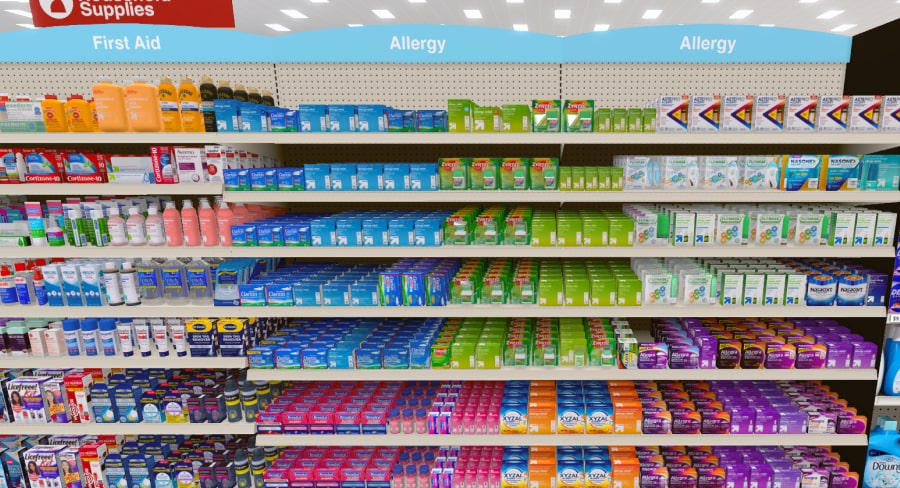
2. Use 3D Planograms to Optimize OTC Assortments in High-Demand Categories
Challenge: Pharmacy retail success hinges on top OTC categories like analgesics, cold and cough, vitamins, digestive aids, and skin treatments that drive the majority of sales. Yet many retailers struggle to maximize these high-traffic zones with optimal product placement and competitive gaps.
Solution: With 3D virtual planograms, you can rapidly test and perfect shelf layouts for these critical categories. Visualize front-of-store placements, compare branded versus private-label performance, and identify underperforming products—all before committing to physical changes. This data-driven approach ensures your highest-margin items get the visibility and space they deserve to boost conversions.
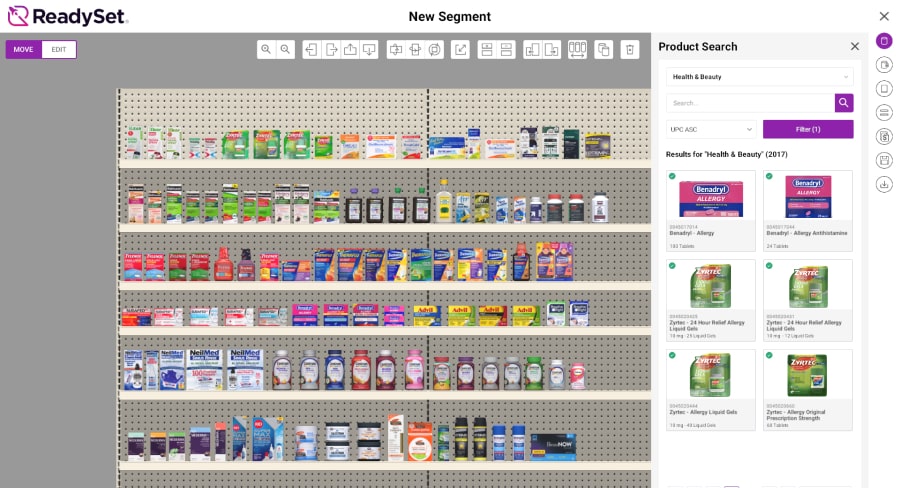
3. Use 2D Planograms to Quickly Develop & Test Personalized Merchandising for Local Markets
Challenge: Understanding how to merchandise pharmacy areas in grocery store chains face a critical challenge of regional OTC market trends. Their OTC assortments must match each location's unique customer needs. Urban stores might require different allergy medications than rural locations, while tourist areas need distinct travel health products. Getting this wrong means lost sales and wasted shelf space.
Solution: Quickly upload front-facing product images and experiment with shelf layouts using a 2D planogram builder. Regional teams can easily create their custom planograms by neighborhood demographics, local health trends, and seasonal demand using their shared product image library. Show retailers exactly how your products will impact front end pharmacy sales in their specific market with data-driven visual proposals that eliminate guesswork.
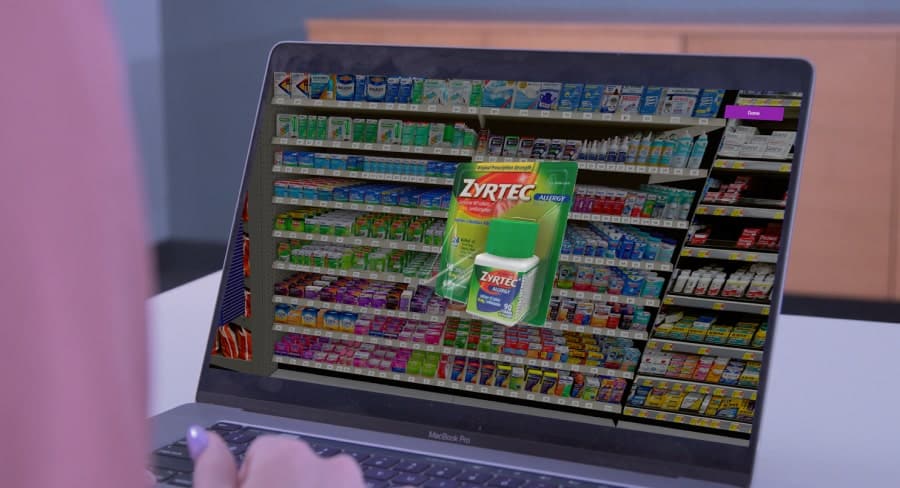
4. Speed Up Product Innovation with Packaging Online Virtual Research
Challenge: The over-the-counter industry moves fast and front end products in a pharmacy need to keep up with the latest consumer trends. Viral supplements and wellness trends demand immediate response, but traditional product testing takes months. Retailers risk missing key opportunities while waiting for physical prototypes and consumer feedback.
Solution: Create digital product packaging prototypes and test them with online virtual research before production. Use 3D product packaging models with 360-degree views or 2D images in online shopper studies. ReadySet’s platform lets you create realistic mockups of new products or displays in hours. You can then gather actionable feedback from consumers in days rather than weeks using interactive store shelf studies. These online virtual research surveys have respondents click on and individually view products while their actions are tracked in real-time. This cuts time-to-market while ensuring your products resonate before they hit shelves.
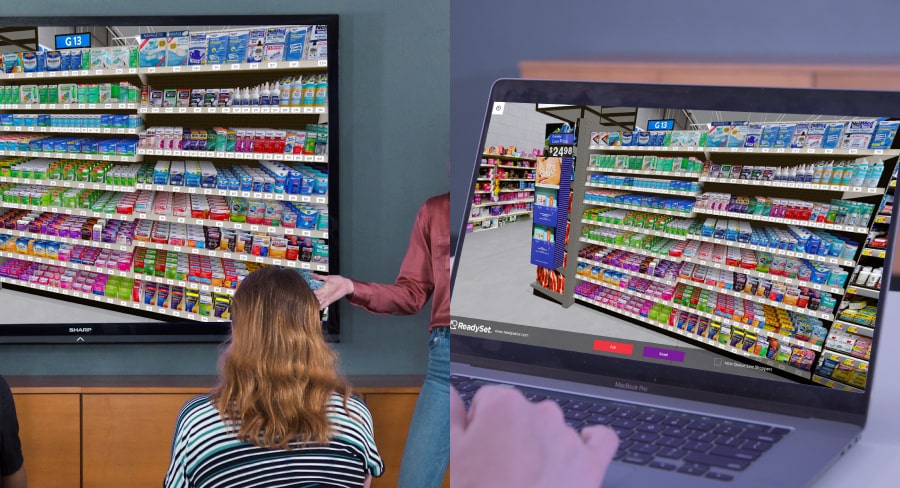
5. Share Compelling 3D Shelf Experiences Internally or in Presentations to Retailers
Challenge: Static Photoshop files and flat images fail to capture the real store experience. Teams struggle to evaluate assortments accurately, while retailers can't visualize how products will truly look on shelves. This disconnect leads to missed opportunities and weaker buyer presentations.
Solution: Bring your shelf plans to life with interactive 3D experiences—a more compelling way to present your vision. Using a simple link, anyone from internal teams or external retail partners can explore virtual aisles just like in a real store. Move left to right, up and down, and inspect displays from every angle. They can click any product for high-resolution close-ups or spin 3D models 360 degrees, examining details as if holding the physical package. These dynamic shelves embed directly into PowerPoint and Google Slides, letting you instantly switch to an interactive demo during meetings. Zoom in on key products, walk through entire aisles, or explore arrangements live to answer buyer questions on the spot. No more static images or confusing Photoshop files. Just retail-ready visualization that showcases your products at their best and gets buyers excited.
Ready to future-proof your go-to-market strategy for over-the-counter medications? Our virtual assortment tools help brands and retailers plan smarter, launch faster, and sell more. Learn more in our case study on how one healthcare company optimized the allergy planogram using online research or Book your demo today.
Subscribe to our newsletter
Get our blogs and the latest retail news delivered to your inbox monthly.
Recent Posts
5 Best Retail Design Presentation Ideas
Knowing how to present your product to retailers is critical in nailing your next sales pitch. The following sales pitch presentation examples provide tips on how to better engage potential investors. 1. Deliver a personalized message to your target audience The first step in creating a sales pitch presentation is to understand your target audience.…
3 Sustainable Retail Practices to Implement in 2022
Retail waste is becoming a greater concern with consumers and leading brands to consider more sustainable retail store design. 1. Choose energy-efficient options in stores and offices One of the simplest ways to embrace sustainability is to implement energy efficiency in retail stores. Not only will this boost brand image, but it will also reduce…
Is your brand ready for the metaverse?
As we enter another digital transformation, it is critical for you to understand the players, bets and how to get into the metaverse. What is the metaverse? Metaverse is a term describing the technological shift that establishes a digital world existing beyond the one we are currently living. It incorporates technology such as AR and…

